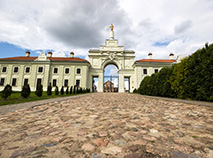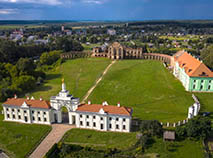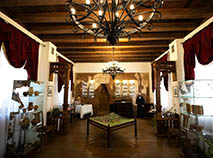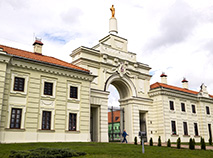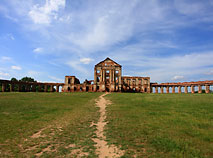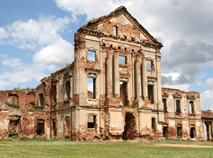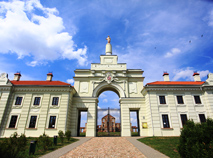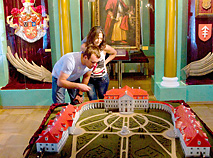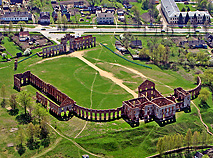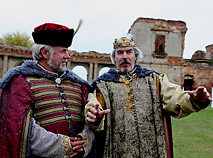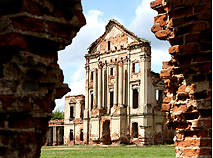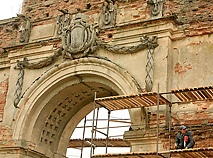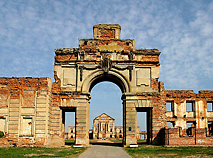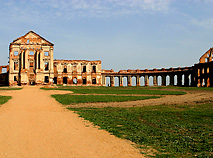Ruzhany Castle
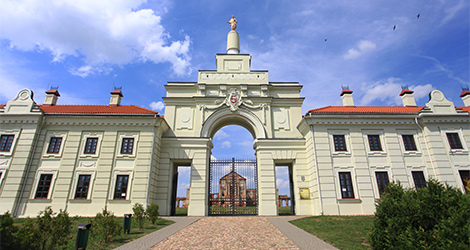
Ruzhany Castle
The palace complex in Ruzhany is one of the unique places in Belarus. For centuries this magnificent architectural ensemble, nicknamed the Belarusian Versailles, was owned by the mighty Sapieha dynasty.
History of Ruzhany Castle
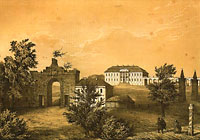 The first written record of Ruzhany (today’s Pruzhany District in Brest Oblast) dates back to the late 15th century. It is known that before 1552 it had belonged to the Tyshkevichs. Back then, Ruzhany was famous for its cloth, carpets, decorated belts and pottery. The town played host to big fairs.
The first written record of Ruzhany (today’s Pruzhany District in Brest Oblast) dates back to the late 15th century. It is known that before 1552 it had belonged to the Tyshkevichs. Back then, Ruzhany was famous for its cloth, carpets, decorated belts and pottery. The town played host to big fairs.
In 1598 the Ruzhany estate was bought by Lew Sapieha, the famous magnate and politician, the chancellor and one of the authors of the unique code of laws, the Statute of the Grand Duchy of Litva (Lithuania). He ordered a major construction of the estate in the early 17th century. A castle with three towers soon appeared in Ruzhany which combined the traits of a defensive fortress and a ceremonial palace.
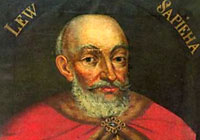 In the 17th century Ruzhany Castle was a hub of political life in the Grand Duchy of Litva (Lithuania). A lot of important issues of the state’s development were discussed here. The castle also hosted state receptions for kings and ambassadors.
In the 17th century Ruzhany Castle was a hub of political life in the Grand Duchy of Litva (Lithuania). A lot of important issues of the state’s development were discussed here. The castle also hosted state receptions for kings and ambassadors.
One of the founders of the dynasty, Jan Sapieha, hosted King of the Rzeczpospolita Sigismund the Old. Other Kings, Sigismund III Vasa and Wladyslaw IV Vasa also visited this place.
The state treasury of the Grand Duchy of Litva (Lithuania), the arsenal, state documents, the archive of the Sapieha family, food supplies and casks with wine were kept in the huge two-storied cellars of the castle.
In H2 of the 17th century the castle was plundered and left in half-decay because of feuds between local Polish gentry and the Great Northern War.
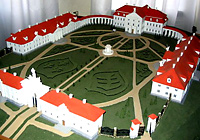 In the 1770s Ruzhany’s owner Aleksander Sapieha rebuilt the residence. Thanks to Saxon architect Jan Samuel Becker the impregnable castle turned into an elegant palace which boasted gardens, parks and greenhouses.
In the 1770s Ruzhany’s owner Aleksander Sapieha rebuilt the residence. Thanks to Saxon architect Jan Samuel Becker the impregnable castle turned into an elegant palace which boasted gardens, parks and greenhouses.
Combining two architectural styles, baroque and classicism, the castle was equal in beauty to the famous Versailles. The restoration works finished in 1786.
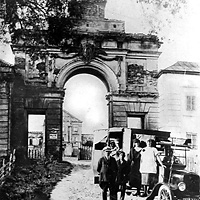 The pride of Ruzhany Castle was its rich library, a picture gallery and one of the best theaters in Europe. Some 60 artists and 40 musicians played in its troupe, and many performances were staged in French. King Stanislaw August Poniatowski came here several times to watch the theater’s plays.
The pride of Ruzhany Castle was its rich library, a picture gallery and one of the best theaters in Europe. Some 60 artists and 40 musicians played in its troupe, and many performances were staged in French. King Stanislaw August Poniatowski came here several times to watch the theater’s plays.
After the 1831 rebellion the Ruzhany residence was confiscated and the Sapieha family members had to move to another estate. A merchant leased the castle and set up a weaving factory here which was operational until the 20th century.
During the First World War the complex was ruined again but it was the Second World War which inflicted the worst damage on the castle. Only the main building and the eastern one, the entry gate and several outbuildings survived.
Ruzhany Palace today
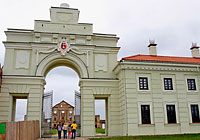 In the summer of 2008 restoration and excavation works began at the site of this ancient residence of the Sapieha family.
In the summer of 2008 restoration and excavation works began at the site of this ancient residence of the Sapieha family.
To date, the reconstruction of the entrance and some outbuildings has been finished. Today Ruzhany Castle is partially open for tourists.
The museum Palace Complex of the Sapieha Family is open in the eastern outbuilding where one can see authentic items and elements of the interior. One of the halls is dedicated to the Sapieha dynasty, while the gallery hosts expositions of Belarusian artists.
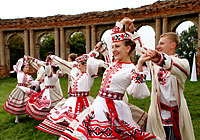 In line with the state program Castles of Belarus designed to run in 2013-2018, there are plans to restore the Eastern, or the so-called Theater Building. Guest rooms, a restaurant and a horse riding arena may be opened here, too.
In line with the state program Castles of Belarus designed to run in 2013-2018, there are plans to restore the Eastern, or the so-called Theater Building. Guest rooms, a restaurant and a horse riding arena may be opened here, too.
Since 2011 the yearly festival Ruzhanskaya Brama has been held in the castle. Its guests can get familiar with the history of the residence, enjoy excursions, historical re-enactments and artists’ performances and also visit a folk crafts fair.
How to get to Ruzhany and where to stay
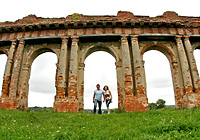 Ruzhany can be reached from Minsk by car. A great deal of the route will be covered by motorway M1 (part of the European route E30). Then leave this motorway to road P44 which leads to Ruzhany.
Ruzhany can be reached from Minsk by car. A great deal of the route will be covered by motorway M1 (part of the European route E30). Then leave this motorway to road P44 which leads to Ruzhany.
It is also possible to come to Ruzhany by bus (a four hours’ trip from Minsk) or by train (the Ivatsevichi direction).
There is one small hotel in Ruzhany but it will probably be more reasonable to come here for one day.
Sights near Ruzhany Palace
Apart from the palace there are other sights in Ruzhany which are worth visiting:
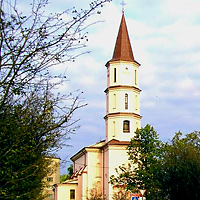
-
The Roman Catholic Church of the Holy Trinity built 400 years ago as an ancestral church of the Sapieha family
-
The Church of St. Peter and Paul, a monument of architecture of the 17th century
-
A Basilian monastery
-
A synagogue built in the Baroque style (18th century)
-
An 18th century tavern
-
The chapel of St. Casimir built in the 18th century
Another sight is the Ruzhany furniture factory built in 1944. Their specialty is the production of theater seats installed in many halls in Belarus and Russia.
An estate-turned-museum of Tadeusz Kosciuszko and Kossovo Castle will be interesting for tourists, too. The legend says that long ago there was an underground tunnel here which linked the castles of Ruzhany and Kossovo. It would take one hour to get from one castle to the other.
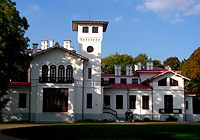 One of the Belarusian health resorts Ruzhansky is situated in the forestland Ruzhanskaya Pushcha on the bank of the lake Papernya.
One of the Belarusian health resorts Ruzhansky is situated in the forestland Ruzhanskaya Pushcha on the bank of the lake Papernya.
The Pruzhansky Palatsyk museum is open in Pruzhany, too. This is Belarus’ only restored modern style 19th-century estate. The town operates the Ice Arena and a contemporary Water Palace with a water park.


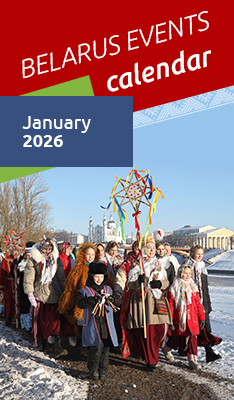




 print version
print version make home page
make home page add to bookmarks
add to bookmarks